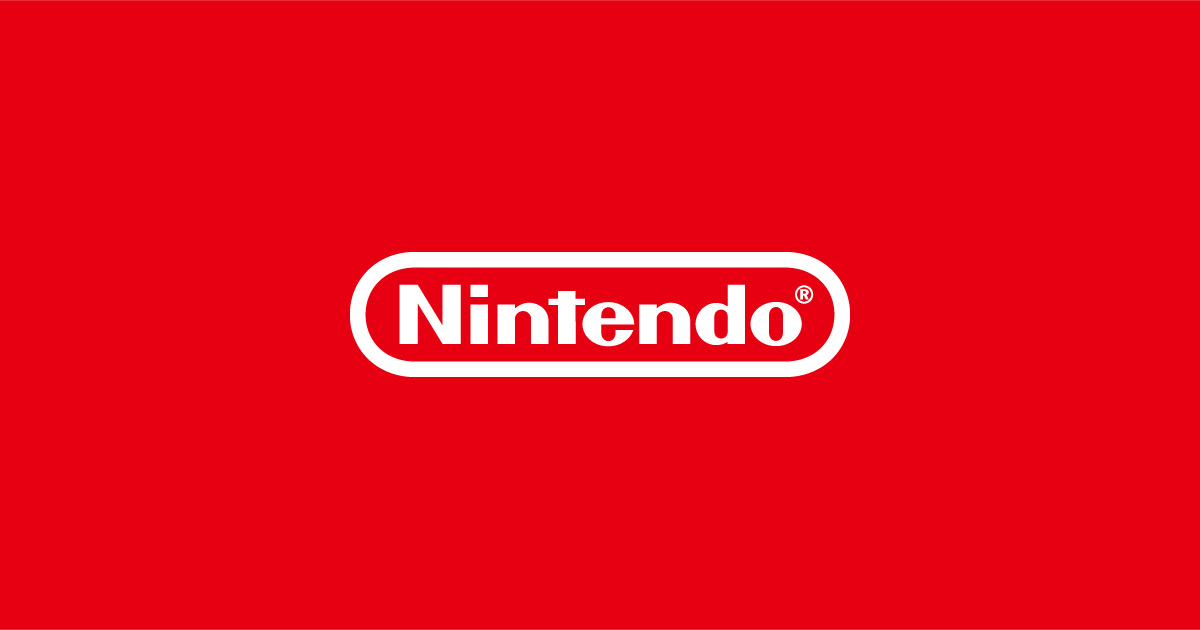In the mid-2000s, as the gaming industry braced for a new generation of home consoles, Nintendo set itself apart with the highly anticipated Wii, initially codenamed 'Revolution.' Facing off against rivals like Microsoft’s Xbox 360, Nintendo sought to redefine interactive entertainment by focusing not on hardware power, but on accessible innovation and groundbreaking design.
A widely cited IGN editorial from the time captured ten compelling reasons why the Wii was seen as the must-have console of the era, urging fans to wait for Nintendo’s next big leap rather than adopting the Xbox 360 early. Among the most influential factors was "The Controller Will Change Everything." Nintendo’s unique Wii Remote introduced motion-sensing technology, offering gameplay experiences unlike anything available on the Xbox 360 or previous consoles.
This innovation was frequently lauded by critics and industry experts for expanding the boundaries of how users could interact with games, catalyzing a fresh wave of creativity among developers.
In IGN’s analysis, the controller's impact went beyond novelty—instead, it redefined user engagement and became a cornerstone of the Wii’s commercial success. When it came to flagship titles, the prospect of "Super Smash Bros.
Online" was another major draw.
Nintendo’s announcement that Super Smash Bros.
Brawl would feature online play signaled the company's commitment to embracing modern multiplayer connectivity.
Alongside "Metroid Prime 3" and the promise of new entries in beloved franchises, Nintendo reinforced its reputation for must-have first-party games, an area where the Xbox 360 could not boast the same lineup, particularly with the absence of "Legend of Zelda" on Microsoft's platform. Design and affordability further set the Wii apart.
The editorial noted that the Wii was "Small, Stylish, and Quiet," addressing player preferences for discreet, living-room-friendly hardware—a contrast to the larger and louder Xbox 360.
More importantly, "True Backward Compatibility" meant that fans could continue enjoying their GameCube libraries without purchasing additional hardware, a feature that was especially prized in the gaming community. Price was another pivotal consideration.
The Wii’s launch price undercut the Xbox 360 significantly, appealing to budget-conscious gamers and families.
This democratized gaming further, opening doors to nontraditional audiences.
"Girls and Grandpas Will Play Revolution," as IGN described, became a rallying cry for Nintendo’s vision of an inclusive console, emphasizing accessibility and fun for all age groups—a departure from the hardcore focus of the competition. While some of the IGN list’s reasons, such as hardware style, were subjective and not every fan agreed with each point, the underlying message was clear: Nintendo’s approach with the Wii (Revolution) prioritized innovative gameplay, strong exclusive franchises, broad appeal, and consumer-friendly features.
This strategy proved massively successful—as of October 2011, the Wii had sold over 89 million units worldwide, outpacing both the Xbox 360 and PlayStation 3 during the same period. Reflecting on this moment in gaming history, it is evident that Nintendo’s ability to anticipate and meet the needs of diverse gamers drove the Wii’s enduring appeal.
Whether through iconic titles, game-changing hardware, or accessible design, the lessons of the Wii era still inform Nintendo's strategy today, as seen in platforms like the Nintendo Switch and ongoing evolutions revealed in Nintendo Direct presentations and eShop offerings.
A widely cited IGN editorial from the time captured ten compelling reasons why the Wii was seen as the must-have console of the era, urging fans to wait for Nintendo’s next big leap rather than adopting the Xbox 360 early. Among the most influential factors was "The Controller Will Change Everything." Nintendo’s unique Wii Remote introduced motion-sensing technology, offering gameplay experiences unlike anything available on the Xbox 360 or previous consoles.
This innovation was frequently lauded by critics and industry experts for expanding the boundaries of how users could interact with games, catalyzing a fresh wave of creativity among developers.
In IGN’s analysis, the controller's impact went beyond novelty—instead, it redefined user engagement and became a cornerstone of the Wii’s commercial success. When it came to flagship titles, the prospect of "Super Smash Bros.
Online" was another major draw.
Nintendo’s announcement that Super Smash Bros.
Brawl would feature online play signaled the company's commitment to embracing modern multiplayer connectivity.
Alongside "Metroid Prime 3" and the promise of new entries in beloved franchises, Nintendo reinforced its reputation for must-have first-party games, an area where the Xbox 360 could not boast the same lineup, particularly with the absence of "Legend of Zelda" on Microsoft's platform. Design and affordability further set the Wii apart.
The editorial noted that the Wii was "Small, Stylish, and Quiet," addressing player preferences for discreet, living-room-friendly hardware—a contrast to the larger and louder Xbox 360.
More importantly, "True Backward Compatibility" meant that fans could continue enjoying their GameCube libraries without purchasing additional hardware, a feature that was especially prized in the gaming community. Price was another pivotal consideration.
The Wii’s launch price undercut the Xbox 360 significantly, appealing to budget-conscious gamers and families.
This democratized gaming further, opening doors to nontraditional audiences.
"Girls and Grandpas Will Play Revolution," as IGN described, became a rallying cry for Nintendo’s vision of an inclusive console, emphasizing accessibility and fun for all age groups—a departure from the hardcore focus of the competition. While some of the IGN list’s reasons, such as hardware style, were subjective and not every fan agreed with each point, the underlying message was clear: Nintendo’s approach with the Wii (Revolution) prioritized innovative gameplay, strong exclusive franchises, broad appeal, and consumer-friendly features.
This strategy proved massively successful—as of October 2011, the Wii had sold over 89 million units worldwide, outpacing both the Xbox 360 and PlayStation 3 during the same period. Reflecting on this moment in gaming history, it is evident that Nintendo’s ability to anticipate and meet the needs of diverse gamers drove the Wii’s enduring appeal.
Whether through iconic titles, game-changing hardware, or accessible design, the lessons of the Wii era still inform Nintendo's strategy today, as seen in platforms like the Nintendo Switch and ongoing evolutions revealed in Nintendo Direct presentations and eShop offerings.





